




Microfibre cloths are a popular choice for cleaning due to their ability to attract and trap dirt, dust, and other particles. However, it is important to know how to properly wash and care for these cloths to maintain their effectiveness and prolong their lifespan.
Tip 1: Read the care instructions. Before washing microfibre cloths, it is essential to check the care instructions provided by the manufacturer. Different types of microfibre may require specific washing methods or temperature settings, so it’s important to follow the recommended guidelines.
Tip 2: Separate the cloths. To ensure a thorough and effective wash, it is advisable to separate microfibre cloths based on their designated use. For instance, cloths used for cleaning glass or delicate surfaces should be washed separately from those used for general cleaning. This will prevent cross-contamination and potential damage to sensitive surfaces.
Tip 3: Choose a mild detergent. When it comes to washing microfibre cloths, it’s best to use a mild detergent that doesn’t contain fabric softeners or bleach. Fabric softeners can leave a residue on the cloth, reducing its absorbency and cleaning power. Bleach, on the other hand, can break down the microfibres and cause them to lose their effectiveness.
Tip 4: Wash in warm water. Most microfibre cloths can be safely washed in warm water. However, it is important not to use hot water as it can damage the fabric and cause it to lose its static charge. The warm water will help to break down and remove dirt and grime from the cloth without compromising its quality.
Tip 5: Avoid using fabric softener or dryer sheets. Fabric softener and dryer sheets should be avoided when drying microfibre cloths. These products can coat the fibres and prevent them from properly attracting and trapping dirt. Instead, it is best to air dry the cloths or use a low heat setting in the dryer.
Remember: Properly caring for and washing microfibre cloths is essential for maintaining their effectiveness and prolonging their lifespan. Following the manufacturer’s care instructions, separating the cloths based on their use, using a mild detergent, washing in warm water, and avoiding fabric softener or dryer sheets are all important steps to keep your microfibre cloths clean and ready for use.
Why Microfibre Cloths Are Essential for Cleaning
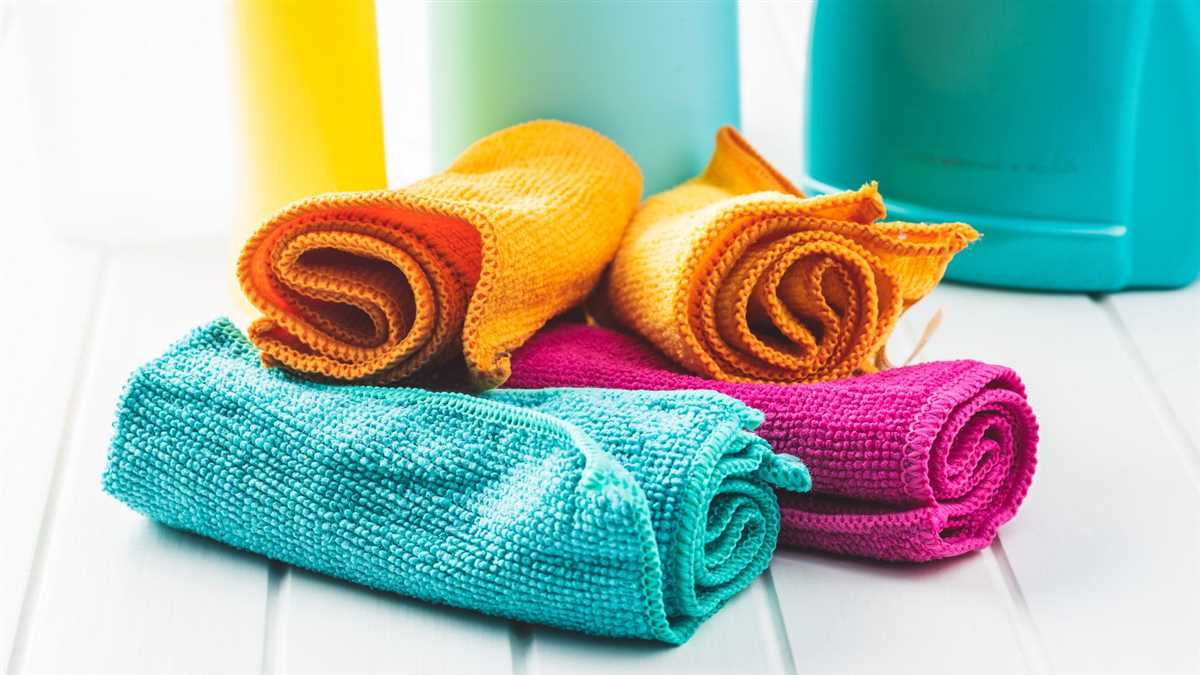
Microfibre cloths have become popular cleaning tools in households and professional cleaning services. They offer several advantages over traditional cleaning cloths, making them essential for effective cleaning.
1. Superior Absorbency
Microfibre cloths have exceptional absorbency capabilities, thanks to the fine fibers used in their construction. These fibers are much smaller than human hair, allowing them to pick up and hold onto dirt, dust, and liquids more effectively. As a result, microfibre cloths can absorb several times their weight in water and other substances.
2. Enhanced Cleaning Performance
The fine fibers in microfibre cloths also contribute to their superior cleaning performance. When used dry, the fibers create static electricity that attracts and holds onto dust and other particles. When used damp, the fibers effectively break down and trap dirt and grime, leaving surfaces cleaner and shinier.
3. Lint-Free and Non-Abrasive
Microfibre cloths are lint-free, which means they don’t leave behind any lint or fibers on surfaces. This makes them ideal for cleaning glass, mirrors, and other smooth surfaces without leaving streaks or marks. Additionally, the fine fibers are non-abrasive, minimizing the risk of scratching delicate surfaces while cleaning.
4. Reusable and Long-Lasting
One of the key advantages of microfibre cloths is their durability. They can be washed and reused multiple times without losing their cleaning effectiveness. Unlike traditional cotton cloths, microfibre cloths do not break down or fray easily, making them a cost-effective and eco-friendly choice for cleaning.
5. Versatility
Microfibre cloths are highly versatile and can be used for various cleaning tasks. They are effective for dusting, wiping down surfaces, cleaning windows, and polishing stainless steel and other metal surfaces. They can also be used wet or dry, depending on the cleaning needs.
6. Environmentally Friendly
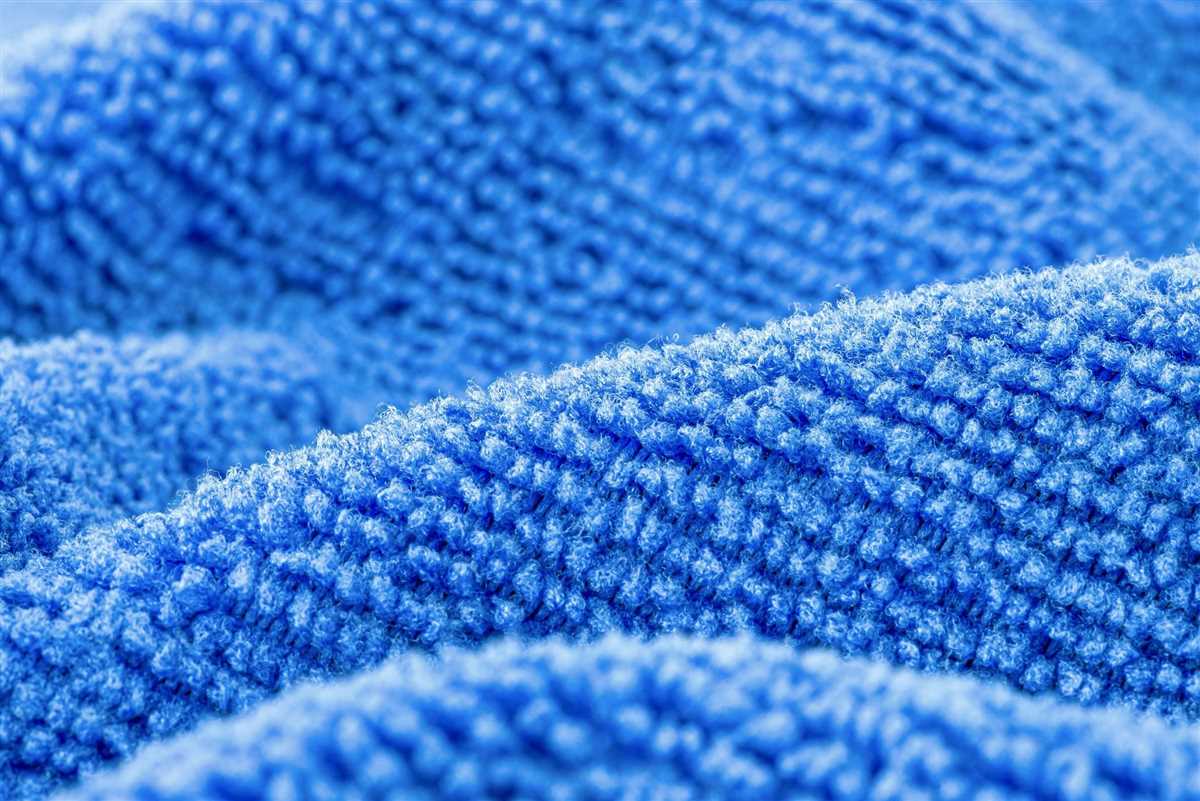
Microfibre cloths contribute to a more sustainable cleaning routine. By using reusable microfibre cloths instead of disposable wipes or paper towels, you can reduce waste and minimize your environmental footprint. Additionally, microfibre cloths require less water and cleaning agents, making them a greener choice.
Conclusion
Microfibre cloths offer numerous benefits that make them essential tools for effective and efficient cleaning. With their superior absorbency, enhanced cleaning performance, lint-free and non-abrasive properties, durability, versatility, and eco-friendliness, it’s no wonder why microfibre cloths have become a staple in cleaning routines.
The Benefits of Using Microfibre Cloths
Microfibre cloths are a popular choice for cleaning due to their numerous benefits. These specially designed cloths are made from microfibres, which are extremely fine synthetic fibers usually made of polyester or a blend of polyester and polyamide.
1. Superior Cleaning Performance
One of the main benefits of using microfibre cloths is their superior cleaning performance. The microfibres are highly effective at trapping and removing dirt, dust, and other particles from surfaces. The tiny fibers attract and hold onto even the smallest dirt particles, ensuring a thorough and efficient clean.
2. Absorbency
Microfibre cloths have excellent absorbency, making them great for cleaning up spills or drying surfaces. The tiny fibers have a high surface area, which allows them to hold a significant amount of liquid. This means that you can quickly and effectively absorb moisture without leaving streaks or watermarks.
3. Durability
Microfibre cloths are known for their durability and long lifespan. The synthetic fibers are resistant to wear and tear, making them ideal for repeated use. With proper care and cleaning, microfibre cloths can last for a long time, saving you money in the long run.
4. Non-Scratching
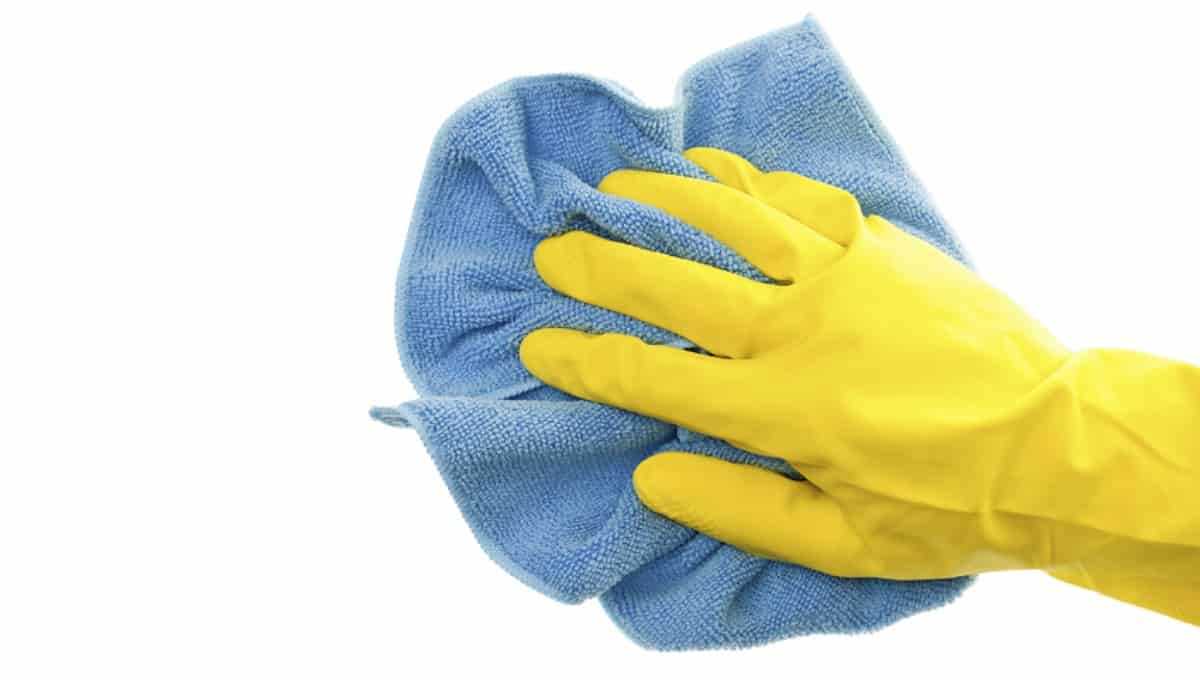
Another advantage of microfibre cloths is that they are non-scratching. The soft and fine fibers are gentle on all types of surfaces, including delicate ones like glass, stainless steel, and electronic screens. You can safely use microfibre cloths to clean without worrying about causing any scratches or damage.
5. Versatility
Microfibre cloths are incredibly versatile and can be used for a wide range of cleaning tasks. Whether you need to dust surfaces, wipe down countertops, clean windows, or polish furniture, microfibre cloths can handle it all. Their effectiveness and versatility make them an essential tool for any cleaning arsenal.
6. Environmentally Friendly
Using microfibre cloths can also contribute to a more environmentally friendly cleaning routine. Microfibre cloths can often be reused multiple times before needing to be washed, reducing the amount of waste generated by disposable paper towels or wipes. Additionally, microfibre cloths can often be cleaned with just water, eliminating the need for potentially harmful cleaning chemicals.
In conclusion, microfibre cloths offer a variety of benefits that make them an excellent choice for cleaning. With their superior cleaning performance, absorbency, durability, non-scratching properties, versatility, and environmental friendliness, microfibre cloths are a must-have cleaning tool for any household or professional cleaning service.
Preparing Microfibre Cloths for Washing

Microfibre cloths need to be properly prepared before washing to ensure that they are clean and ready for future use. Here are some tips and tricks for preparing microfibre cloths for washing:
Step 1: Check the Manufacturer’s Instructions
Before washing your microfibre cloths, it’s important to check the manufacturer’s instructions for any specific care requirements. Some microfibre cloths may have specific washing instructions or temperature limits that you need to follow to avoid damaging the fabric.
Step 2: Shake out the Cloths
Before washing, give your microfibre cloths a good shake to remove any loose dirt or debris. This will help to prevent the dirt from getting trapped in the fabric during the washing process.
Step 3: Pre-Treat Stains
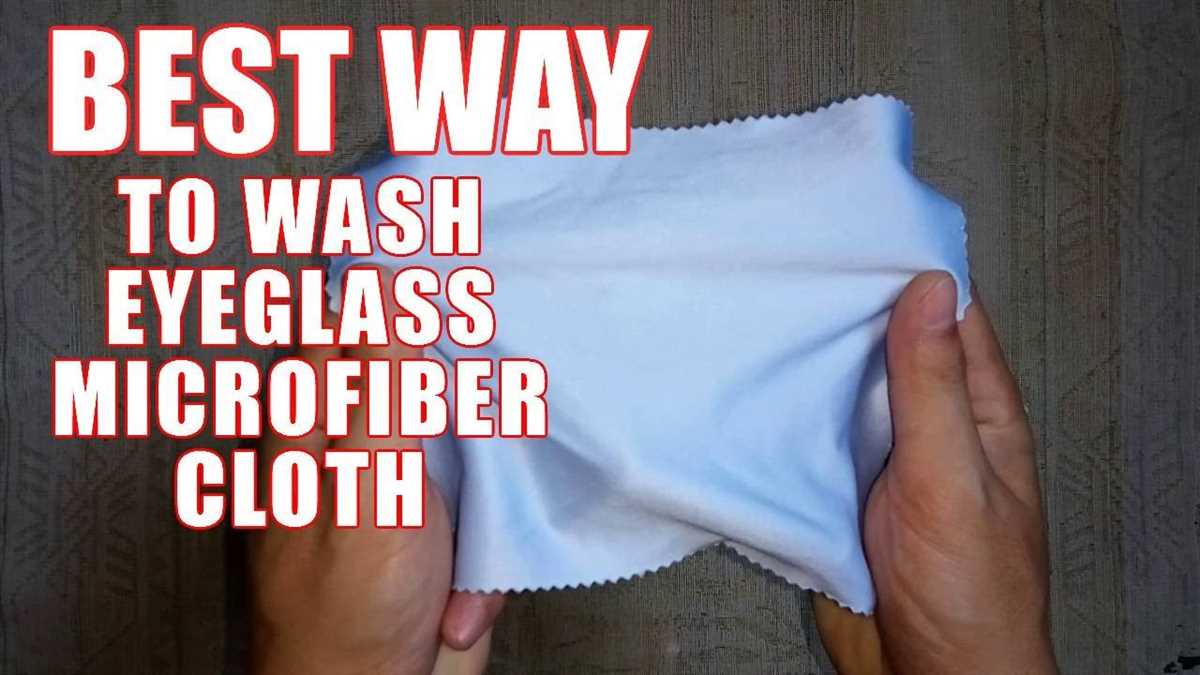
If your microfibre cloths have any stubborn stains, it’s a good idea to pre-treat them before washing. Apply a small amount of stain remover or laundry detergent to the stained area and gently rub it in. Leave the pre-treatment to sit for a few minutes before proceeding to the next step.
Step 4: Sort the Cloths
Sort your microfibre cloths based on their level of dirtiness. Separate heavily soiled cloths from mildly soiled ones to prevent the dirtier cloths from transferring dirt to the cleaner ones during the washing process. This will help ensure that each cloth gets properly cleaned.
Step 5: Choose the Right Washing Machine Setting
When washing microfibre cloths, it’s best to use a gentle cycle with cool or warm water. Avoid using hot water as it can damage the fabric. Additionally, use a mild detergent that does not contain bleach or fabric softeners, as these can negatively impact the performance of the microfibre material.
Step 6: Avoid Overloading the Washing Machine
To ensure that your microfibre cloths get properly cleaned, avoid overloading the washing machine. Overloading can prevent the cloths from moving freely and getting thoroughly clean. Instead, wash them in smaller loads to ensure a more effective wash.
Step 7: Air Dry the Cloths
After washing, it’s best to air dry microfibre cloths. Hang them up or lay them flat in a well-ventilated area, away from direct sunlight. Avoid using a dryer or exposing them to high heat, as it can shrink or damage the fabric.
By following these steps, you can ensure that your microfibre cloths are properly prepared for washing, allowing them to maintain their quality and effectiveness for future use.
Step-by-Step Guide to Washing Microfibre Cloths
1. Sort Microfibre Cloths
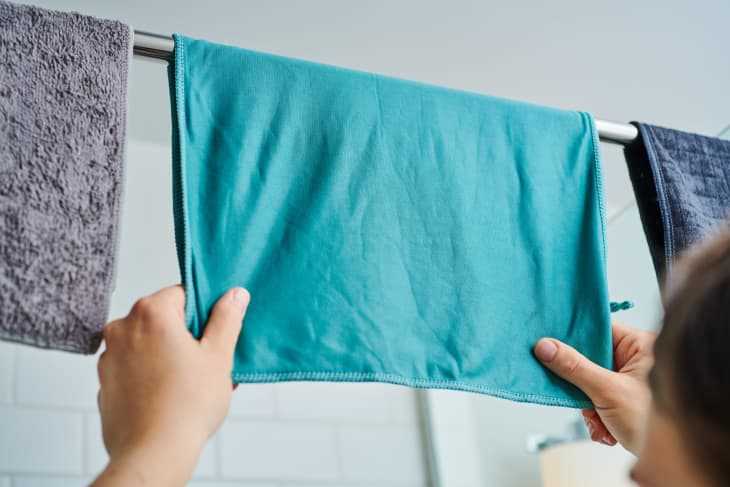
Before washing microfibre cloths, it’s important to sort them based on their usage. Separate cleaning cloths used for different surfaces or tasks (such as kitchen, bathroom, or automobile cleaning) to avoid cross-contamination.
2. Shake out Loose Debris
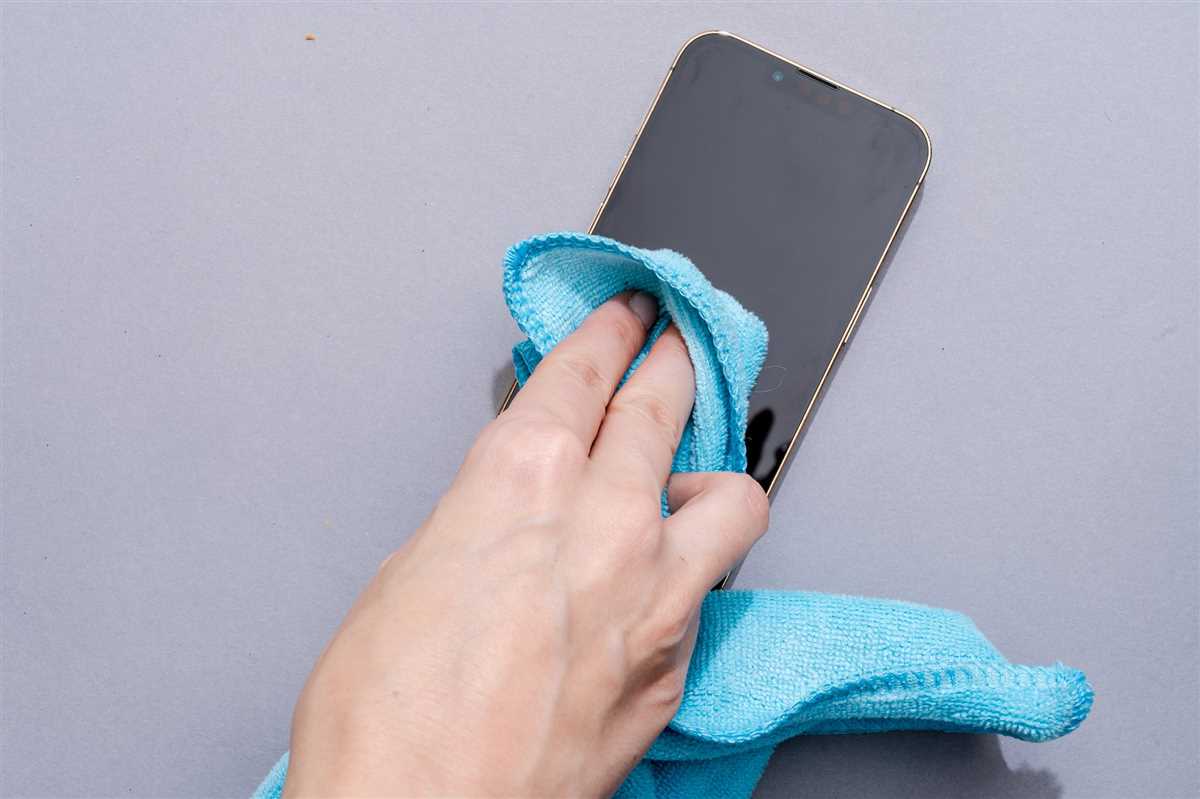
Prior to washing, shake out the microfibre cloths to remove any loose debris or dirt. This will help prevent clogging the washing machine or causing damage during the wash cycle.
3. Pre-Treat Stains (If Necessary)
If you notice any stains or heavily soiled areas on the microfibre cloths, pre-treat them before washing. Apply a small amount of stain remover or laundry detergent directly to the affected areas and gently rub it in. Let it sit for a few minutes before proceeding to the next step.
4. Choose the Right Washing Machine Settings
Select the appropriate washing machine settings for microfibre cloths. Use a gentle cycle with warm water to ensure proper cleaning while avoiding damage to the fabric. Avoid using bleach or fabric softener, as these can degrade the quality of the microfibre.
5. Use a Suitable Laundry Detergent
Choose a mild laundry detergent that is suitable for delicate fabrics. Avoid using harsh detergents or those containing bleach, as they can ruin the effectiveness of the microfibre cloths.
6. Load the Washing Machine
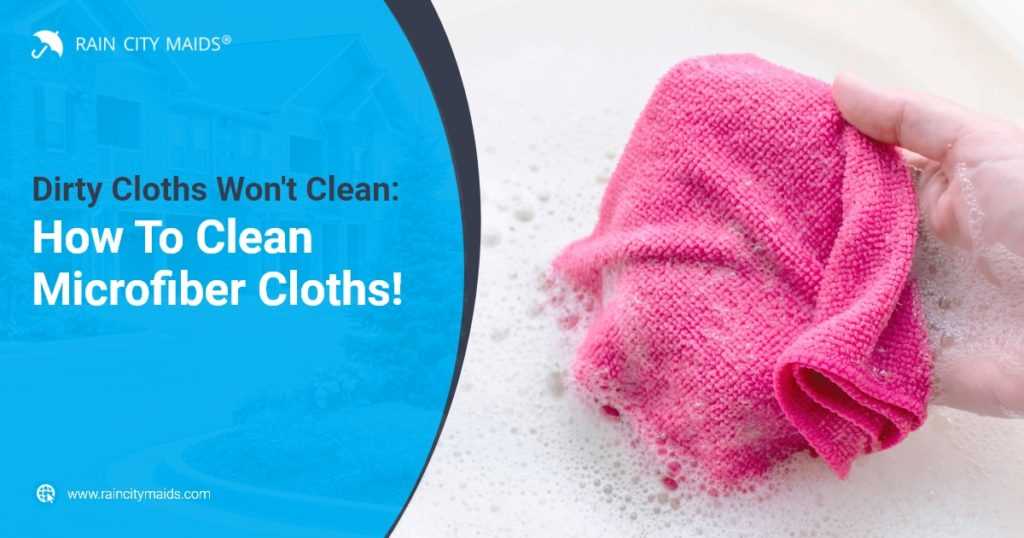
Place the sorted microfibre cloths into the washing machine. Avoid overloading the machine to allow the cloths to move freely and get thoroughly cleaned.
7. Wash on a Gentle Cycle
Start the washing machine on a gentle cycle with warm water. This will help remove dirt, oils, and contaminants from the microfibre cloths without causing damage or fraying.
8. Air Dry or Tumble Dry on Low
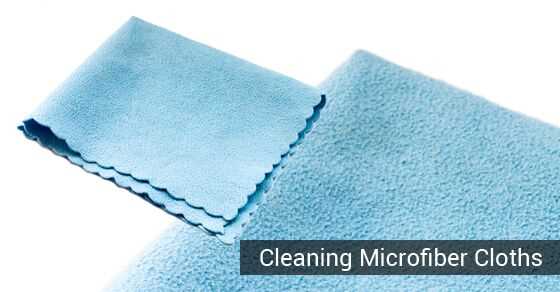
After washing, avoid using high heat to dry microfibre cloths as it can damage the fabric. Instead, air dry them by hanging them up or lay them flat on a clean surface. If you prefer to use a dryer, tumble dry on a low heat setting.
9. Store Properly
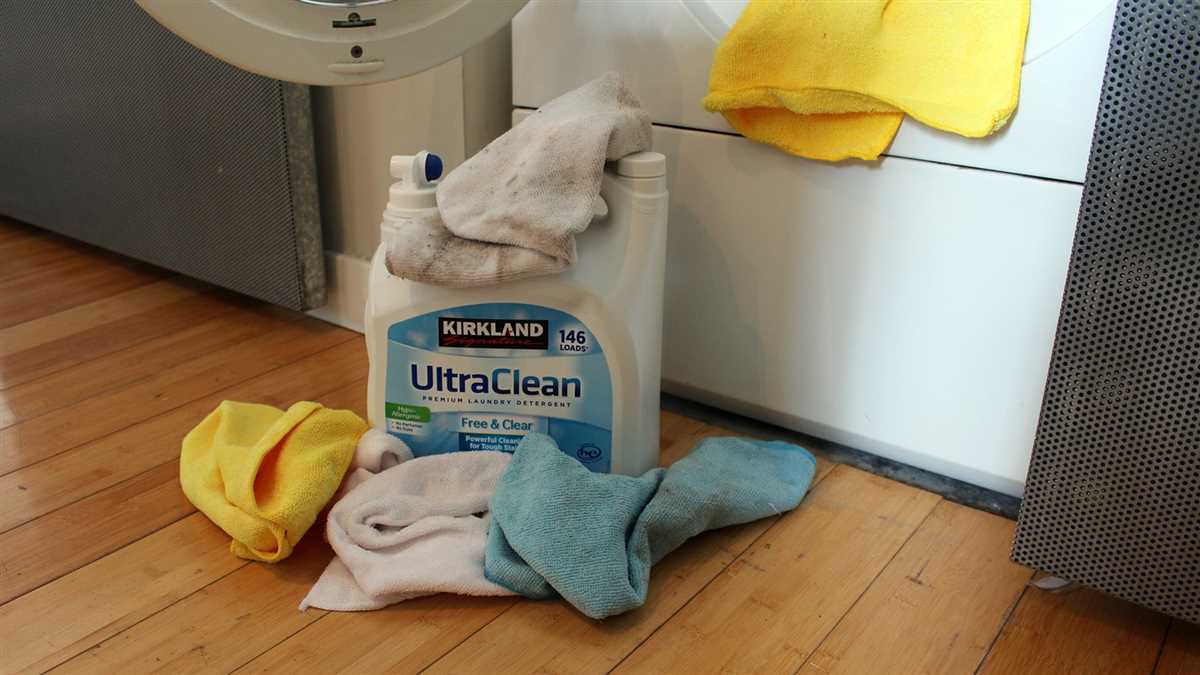
Once the microfibre cloths are dry, store them in a clean and dry place. Avoid folding them tightly to prevent creases and maintain their performance for longer.
Following these step-by-step instructions will help you properly wash and maintain the quality and effectiveness of your microfibre cloths. Regular washing will keep them clean and ready for use in various cleaning tasks.
Tips and Tricks for Properly Cleaning Microfibre Cloths
Microfibre cloths are a popular choice for cleaning due to their ability to effectively trap dirt, dust, and debris. However, to maintain the cleaning power of microfibre cloths, it is important to clean them properly. Here are some tips and tricks for properly cleaning microfibre cloths:
- Separate by Use: It’s important to separate microfibre cloths based on their intended use. For example, keep one set of cloths for dusting and another set for cleaning windows or surfaces. This helps prevent cross-contamination and ensures the cloths are used for their specific purpose.
- Pre-Soak: Before washing microfibre cloths, consider pre-soaking them in warm water for about 10-15 minutes. This helps loosen any dirt or stains trapped in the fibres and makes the cleaning process more effective.
- Use Gentle Detergent: When it comes to washing microfibre cloths, it’s best to use a gentle detergent that is free from fabric softeners or bleach. These additives can affect the absorbency and cleaning properties of the cloths. Opt for a mild detergent specifically designed for microfibre or delicate fabrics.
- Avoid Fabric Softener: Fabric softener should be avoided when washing microfibre cloths, as it leaves behind a residue that can reduce their absorbency. Instead, use white vinegar as a natural fabric softener alternative. Add a small amount during the rinse cycle to help keep the cloths soft and fluffy.
- Wash Separately: It’s best to wash microfibre cloths separately from other laundry items. This helps prevent lint and other debris from transferring onto the cloths, ensuring they stay in optimal condition for longer.
- Avoid High Heat: Microfibre cloths are sensitive to high heat, which can damage the fibres and affect their performance. Always wash microfibre cloths in cold or warm water and avoid using high-heat settings in the dryer. Air drying is the best option to maintain the quality of the cloths.
- Inspect for Damage: After washing and drying microfibre cloths, inspect them for any signs of damage. Look for frayed edges, loose threads, or worn-out fibres. If any damage is noted, it’s best to replace the cloth to maintain optimal cleaning performance.
By following these tips and tricks, you can ensure that your microfibre cloths stay clean, absorbent, and effective for all your cleaning needs.
FAQ
What are some tips for washing microfibre cloths?
Some tips for washing microfibre cloths include washing them separately from other fabrics, using a gentle detergent, avoiding the use of fabric softener, and air drying them.
Can I wash microfibre cloths in hot water?
No, it is not recommended to wash microfibre cloths in hot water as it can damage the fibres. It is best to use warm or cold water instead.
How often should I wash my microfibre cloths?
You should wash your microfibre cloths after each use, especially if they have been used to clean up spills or dirt. Regular washing will help to maintain their effectiveness and prevent the buildup of dirt and bacteria.
Is it necessary to use a specific detergent for washing microfibre cloths?
No, you don’t need to use a specific detergent for washing microfibre cloths. However, it is recommended to use a gentle detergent that does not contain bleach or fabric softener, as these can damage the fibres and reduce their effectiveness.
Can I use a dryer to dry my microfibre cloths?
No, it is best to air dry microfibre cloths to avoid any potential damage from heat. Hanging them up or laying them flat to dry is the safest option.
Can I wash microfibre cloths in the washing machine?
Yes, you can wash microfibre cloths in the washing machine. Use a gentle cycle and avoid using fabric softener as it can reduce the cloth’s absorbency.
What temperature should I wash microfibre cloths at?
You should wash microfibre cloths at a temperature of 40°C or lower. High temperatures can damage the fibres and reduce their effectiveness.















